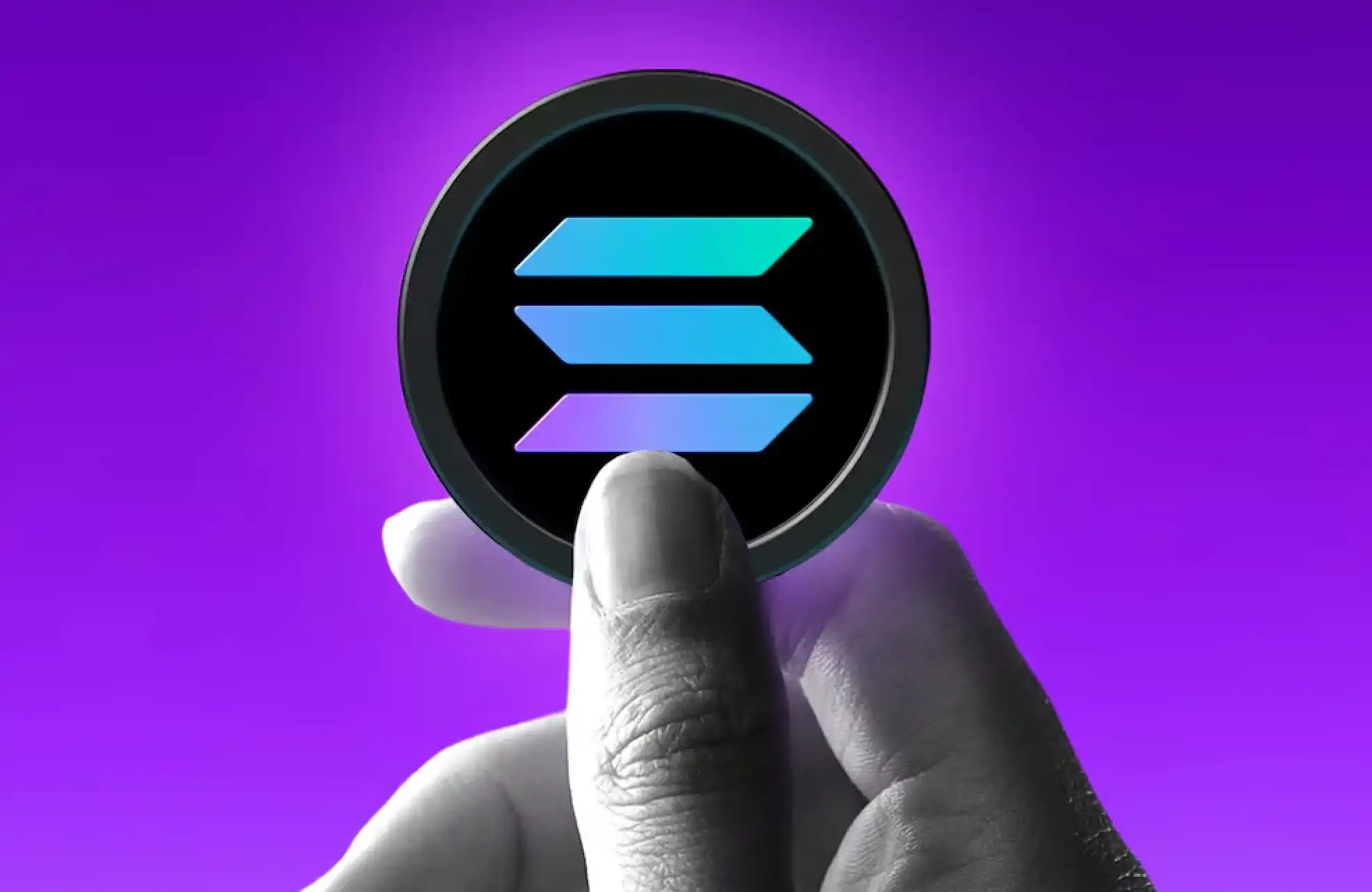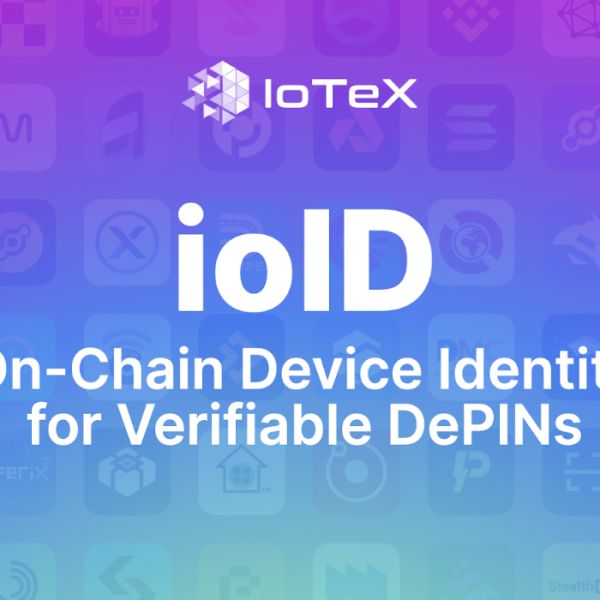Avail aims to revolutionize blockchain with a universal unification layer
Blockchains scaled—and then splintered. Liquidity scattered across L2s, bridges kept breaking, and “data availability” turned into the new bottleneck. Avail wants to solve all three at once. Founded to deliver verifiable, scalable data availability, the project now positions itself as a full-stack unification layer: a DA base, Nexus for proof-based interoperability, and Fusion for shared security that can restake ETH, BTC, and rollup tokens. The thesis is simple but ambitious: developers should build once and scale everywhere; users shouldn’t have to think about chains at all.
In this CryptoSlate Q&A, Avail co-founder Anurag Arjun walks us through how that thesis is moving from roadmap to reality. We start with a real-world stress test: Sophon’s $60 million node sale, which extended Avail’s light client to production scale and hinted at new, verifiable fundraising primitives for app-specific chains. From there, we dig into EnigmaDA—encrypted data availability designed to meet institutional privacy mandates without re-introducing trusted intermediaries—along with how banks and TradFi pilots can reconcile encryption, key management, and auditability on-chain.
Interoperability is the other pillar. Rather than another bridge, Nexus promises “one SDK, nine chains, no network switching,” aiming to route flows across multichain stablecoin and DeFi liquidity while minimizing replay and quorum risks with TEE and ZK verification. On the user side, Avail’s light client targets <1 MB/s bandwidth and runs on phones and browsers via data-availability sampling and validity proofs—pushing “a full node in your pocket” toward emerging markets.
We also explore the speed-vs-decentralization trade-offs behind TurboDA’s 250 ms pre-confirmations and the team’s “infinity blocks” research goal of 10 GB blocks in ~600 ms; the validator-set growth path from 105 validators and a Nakamoto coefficient of 34; and what Avail is learning from flagship deployments like Lens Chain (650k profiles) and Sophon. With 50+ integrations in the queue, Arjun outlines how Avail triages partners for technical fit, ecosystem value, and compliance—plus how community growth (600k+ members in year one) is anchored in builder activity rather than vanity metrics.
If Avail is right, the next phase of crypto won’t be “L2 vs. L2” but app-centric rollups speaking a common, proof-based language—privacy-aware when needed, credibly neutral by design, and finally usable at internet scale. Read on for the full conversation.
The post Avail aims to revolutionize blockchain with a universal unification layer appeared first on CryptoSlate.
Disclaimer: The content of this article solely reflects the author's opinion and does not represent the platform in any capacity. This article is not intended to serve as a reference for making investment decisions.
You may also like
How Zcash went from low-profile token to the most-searched asset in November 2025

Powell’s allies make a major statement! Is a Federal Reserve rate cut in December now highly likely again?
Economists point out that three of the most influential officials have formed a strong coalition supporting interest rate cuts, which will be difficult to shake.

The latest SOL proposal aims to reduce the inflation rate, but what are the opponents thinking?
The Solana community has proposed SIMD-0411, which would increase the inflation deceleration rate from 15% to 30%. It is expected to reduce SOL issuance by 22.3 million over the next six years and accelerate the reduction of the inflation rate to 1.5% before 2029.

IoTeX launches the world's first on-chain identity solution ioID designed specifically for smart devices
ioID is revolutionizing identity management for smart devices, allowing DePIN to authenticate devices, protect data, and unlock next-generation application scenarios within a user-owned ecosystem compatible with any blockchain.

